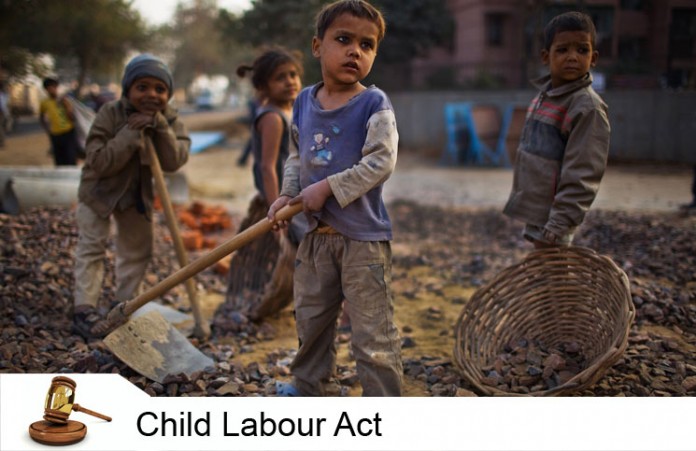In this blog post, Shruti Sharma, a Legal Associate at BetterPlace Safety Solutions Pvt. Ltd. who is currently pursuing a Diploma in Entrepreneurship Administration and Business Laws from NUJS, Kolkata, gives a brief overview of the amendments brought under the Child Labour Act.
Introduction
The major concern for the whole world is child labour. It has been affecting one and all in an undesired manner.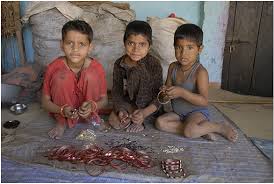
Child labour is nothing but a practice where a child is forced to work to fulfil the basic needs of their family. In a developing country like India, the practice of child labour has been increasing rapidly. The foundation and assets of every country are its children who add values to its country, but through the practice of child labour, these assets are being turned into a liability.
Rather than children being healthy and educated, they are forced to work in both hazardous and non-hazardous industries.
India being the most populated country with around 45% children under 18 who are engaged in the vicious trap of child labour.
History of the Child Labour Act
India passed legislation in 1977 prohibiting bonded labour by anyone.
After this legislation still the cases for child labour were reported. Then in 1979, Gurupadswamy Committee was formed by the government to deal with this problem.
Later, The Child Labour Prohibition and Regulation Act was enacted based on the recommendations of the committee in 1986.
Constitution of India
India has passed various laws since Independence on the problem of child labour.
As per the Article 24 of our constitution, employment of children below 14 years in factories, mines and other hazardous employment is prohibited.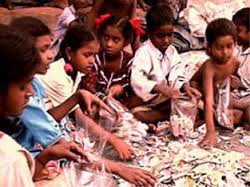
Just to curb the problem of child labour, a new fundamental right has been added to our constitution in 2005 as article 21A which states that state shall endeavour to provide free and compulsory education to all children whose age is between 6 to 14 years.
These efforts are an exemplary where a country wants an each and every child to be educated and earn a good livelihood without getting into the trap of child labour.
Our constitution not only includes the prohibition of child labour as our fundamental rights but also as per our Directive Principles of state policy under Article 39 (e) and (f) which clearly states that India should secure the health and strength of the children and are not abused. Just because of the economic condition of the citizens they are forced to work which is not suitable for their age and health. Moreover, it is the duty of India to secure that equal opportunities should be provided to children so that they can develop in a healthy manner and their youth should be protected against all kinds of exploitations.
Further in this regard our constitution under Article 45 and 47 shall endeavour to provide care and education for all the children below 6 (six)years of age and raise their standard of living and health.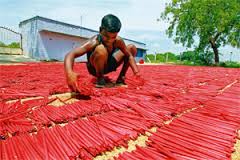
India shall consider them as their primary duties.
Directive principles of states policy is a mission, aim and an objective of any country which strives to meet in the near future and uproot even the least possibility of activities which directly or indirectly hinders and interferes with our basic concepts of freedom, equality and to live with dignity enshrined in our constitution.
As known to every citizen that unlike our fundamental rights, the Directive principles of state policy are not enforceable by law, therefore an act was enacted as The Child Labour (Prohibition and Regulation) Act, 1986 which comprises the major issues of the child labour problem.
Child Labour (Prohibition and Regulation) Act, 1986
ChildLabour Prohibition and Regulation Act also prohibit the employment of children below 14 years of age.
Moreover, the list includes 83 occupations where employment has been prohibited.
The Act also provides penalties for the violators.
This Act has been categorised mainly into two parts:
The first part prohibits child labour in totality and second part prohibits child labour in the particular establishments.
Amendments to the Child Labour Law
Parliament has passed child labour Prohibition and Regulation Amendment Bill 2016 after 30 years to ban child labour till the age of 14 years.
The major amendment which took place is as per sec 3 “No child shall be permitted or allowed to work in any occupation”.
The word “child” has been defined under Sec 2 sub-clause (ii) as the person below 14 years of age.
The amendment which has become the conundrum for the public is that the Parliament continues to allow children to work in the family-based enterprises.
An exception clause has been added which states that:
- The child can work to support his/her family after the school hours or during vacations but not in the hazardous occupations as set forth in the schedule of the Act;
- The child can work in the entertainment sector provided their education is not affected by the work.
It is the term “help” which has been made a criterion to perform work or not and can turn out to be the biggest lacunae in the Child Labour Act. As earlier also the children were being exploited in the name sake of the family work like working in the bangle making factories, zari works, carpets, etc.
A new term has also been defined in the act named “Adolescent” which means who has completed 14 years of age but not completed 18 years.
It means ADOLESCENT= 14 YEARS TO 18 YEARS.
So, even the adolescents have been prohibited from working in hazardous enterprises subject to the notification of Central Government where they can permit them to work.
New sections 14A, 14B, 14C and 14 D, has been inserted into the new Act.
As per section 14 A, the offence under child labour has been made as a cognizable offence no matter what has been provided in the Criminal Procedure Code.
The term “cognizable offence “has been defined under sec 2(c) of Crpc “. It is an offence where the police officer doesn’t require the permission or authority from the jurisdictional Magistrate before investigating the case and issue warrants”. Therefore, by making the offence under child labour act cognizable it has made quick and easy for the public to get the investigation being done and lodge an F.I.R against the culprits.
Secondly as per section 14B and C, The government has made provisions for not only
Punishment for the employers but also for the rehabilitation of the victims of this child labour practice.
The government shall constitute a Fund named as “Child and Adolescent Labour Rehabilitation Fund” in every district where the fine realised from the accused employer shall be credited.
In addition to this, the Government shall also deposit Rs 15,000 in the fund of the victim child.
Moreover, the exclusive power has been provided to the District Magistrate (DM) as he may on the application of the accused compound the offence if committed for the first time.
 The compounding can be made in any ways like paying compensation to the victim child etc.
The compounding can be made in any ways like paying compensation to the victim child etc.
In the same lines, the punishment has also been amended in two different categories:
- In the case of “child.”
The imprisonment shall be for a term which shall not be less than 6 months but which may extend to two years if a person employs any child or permit any child to work in contravention to section 3 as provided in the act.
- In the case of “Adolescent.”
The imprisonment shall be for a term which shall not be less than 6 months but which may extend to two years or with fine which shall not be less than twenty thousand rupees, but it can be extended to fifty thousand rupees; if a person employs any child or permits any Adolescent to work in contravention to Section 3 as provided in the Act
Suggestions to eradicate child labour
The following measure can be adopted to uproot this problem from India:
- We and the government should come forward and take certain stern actions.
- Even though as per 85th amendment in our Constitution, free and compulsory education has been provided to children between 6 years to 14 years, the government has to probe into its implementation part.
- The industries which employ child labour should not be provided with the subsidies or any other government benefits.
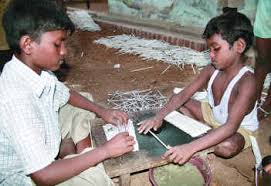
- Even if adolescents are being permitted to work, then their working hours should be reduced so that they can attend school and gain an education.
- Poverty and Population are the two main root cause of the child labour in India which needs to be controlled by methods being suitable for both the government as well as the public.
- The employers should be sternly punished if found promoting child labour in their industries.
- The most important weapon which can curb this problem is awareness and education among the youths. The youths of our country should come forward and educate the poor families and encourage them to send their children to school because ultimately education can only remove poverty in future and stop the children being entrapped in the vicious circle of child labour.
- Schools should also start providing vocational education or training so that the poor children can learn and earn at the same time.



